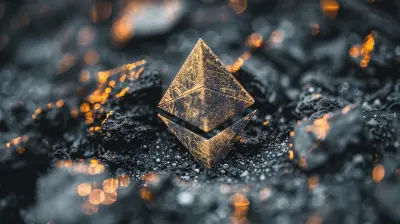Understanding Smartphone Storage: How Much Do You Really Need?
24 September 2025
Ah, smartphone storage. The never-ending debate that triggers existential crises every time we upgrade our phones. Should you get the entry-level 64GB model and pray you never have to download another app? Or should you splurge on the 1TB version like you're the director of a Hollywood blockbuster storing raw 8K footage? Let’s break it down before you max out your credit card on something you may (or may not) need.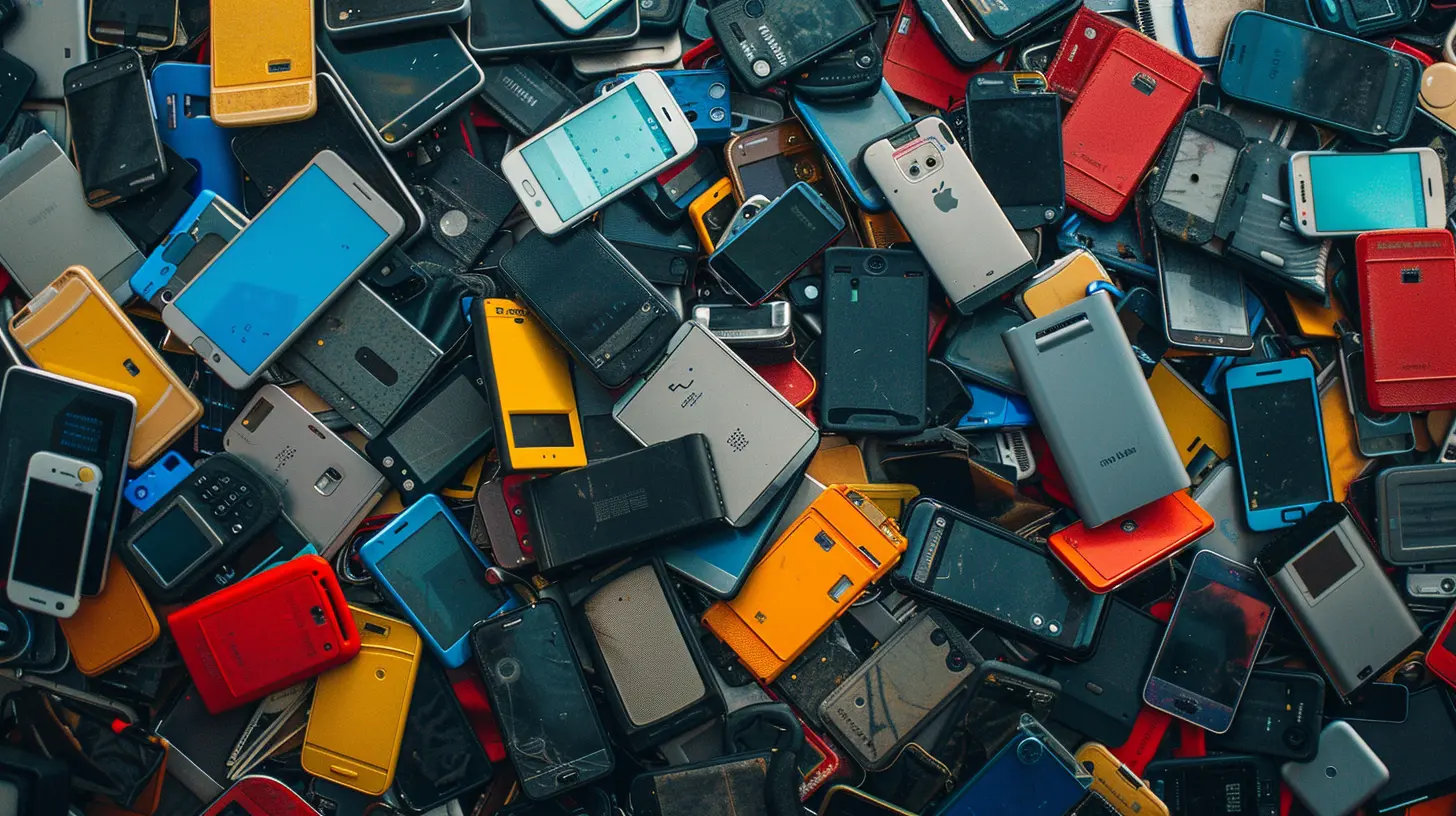
The Illusion of Unlimited Space
Remember the first time you got a smartphone? That fresh, empty storage felt like an endless abyss. Fast forward a few months, and suddenly, you’re met with the dreaded “Storage Almost Full” notification. But wait—you barely downloaded anything (or so you think).Here’s the thing: your phone’s storage isn’t just for your cute dog pics. It’s also hoarding system files, app data, and temporary caches like a digital hoarder who refuses to delete old receipts.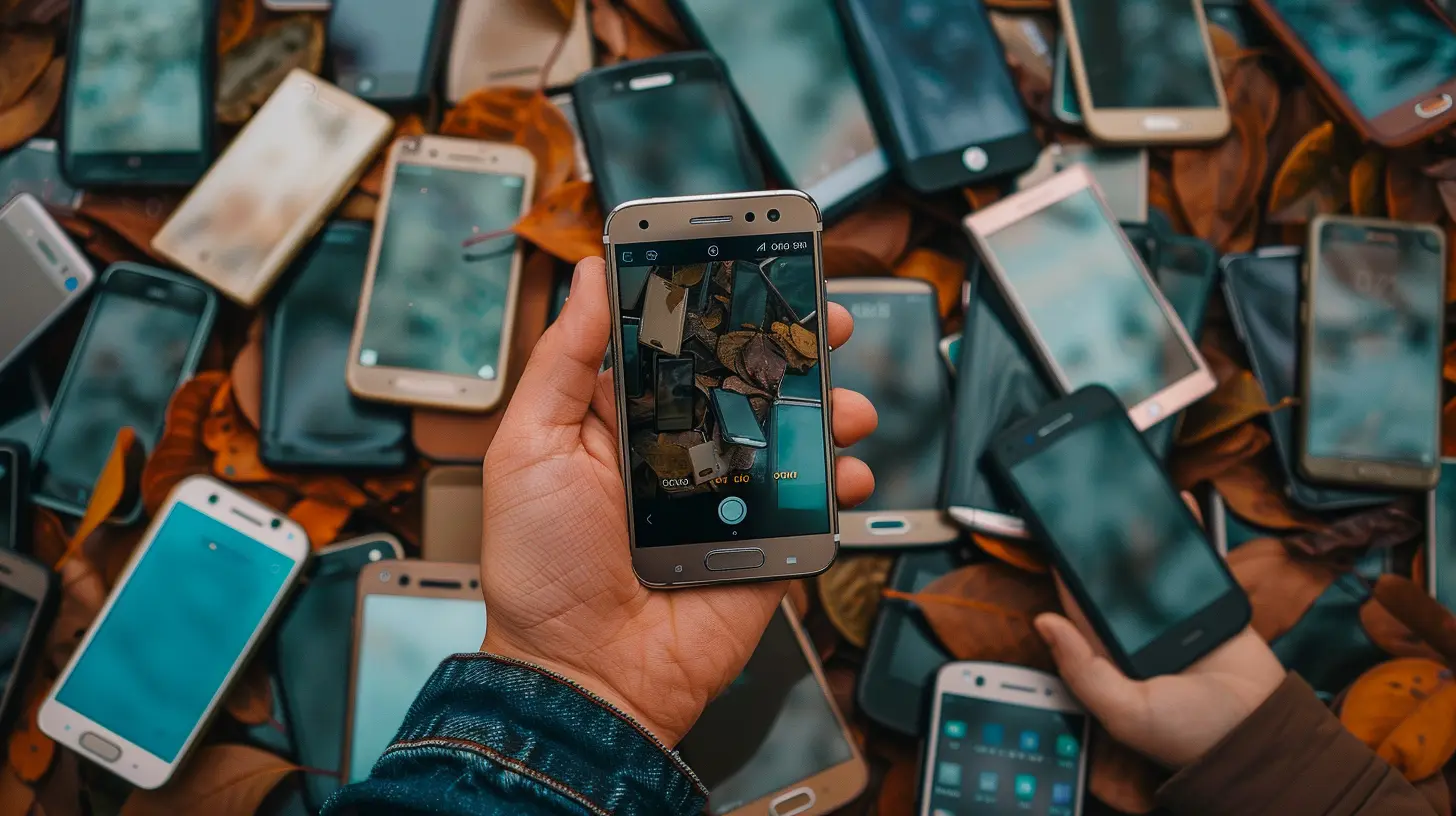
Breaking Down Storage Capacities
Let’s take a quick reality check on what each storage level actually means in 2024:1. 64GB – The Land of Regret
If you enjoy suffering, 64GB is perfect for you. Out of the box, the operating system (iOS or Android) will steal at least 15GB, leaving you around 50GB or less. Install a few essential apps—WhatsApp, Instagram, TikTok—and you’re already down to 40GB. Toss in some photos, videos, and the occasional offline Netflix binge, and BOOM—you’re out of space.Ideal for: Grandparents, minimalists, and people who believe in deleting everything the moment they finish using it.
2. 128GB – The Bare Minimum in 2024
Once considered a luxury, 128GB is now the minimum for anyone who doesn't want to wrestle with their phone's storage every month. After system files and pre-installed apps, you’ll have around 100GB of usable space. That’s decent for moderate users who take photos, download music, and hoard memes—but beware, it fills up faster than you'd expect.Ideal for: Casual users, students, and people who “occasionally” record videos but still rely on cloud storage for backup.
3. 256GB – The Sweet Spot
This is where things get interesting. With over 220GB of actual usable space, you can store thousands of photos, hours of 4K video, and enough apps to make Apple’s App Store jealous. Unless you're a professional content creator or someone who records their life like a reality TV star, this should be plenty.Ideal for: Tech enthusiasts, mobile gamers, vloggers, and those who refuse to delete anything ever.
4. 512GB – The Digital Packrat’s Dream
You want to keep your entire life on your phone? Here you go. 512GB is absolute overkill for most people, but if you edit videos on your phone, download entire Netflix seasons to avoid buffering, or just don't trust the cloud, this is your safe zone.Ideal for: Videographers, photographers, and people who have trust issues with cloud storage.
5. 1TB – Who Hurt You?
Let’s be honest—if you’re getting a 1TB smartphone, you might as well be launching rockets for NASA. Unless you’re shooting IMAX-level movies on your phone, it’s hard to justify needing this much space. But hey, if having one million cat videos saved offline helps you sleep at night, you do you.Ideal for: Filmmakers, extreme digital hoarders, and people who say, “I might need that someday.”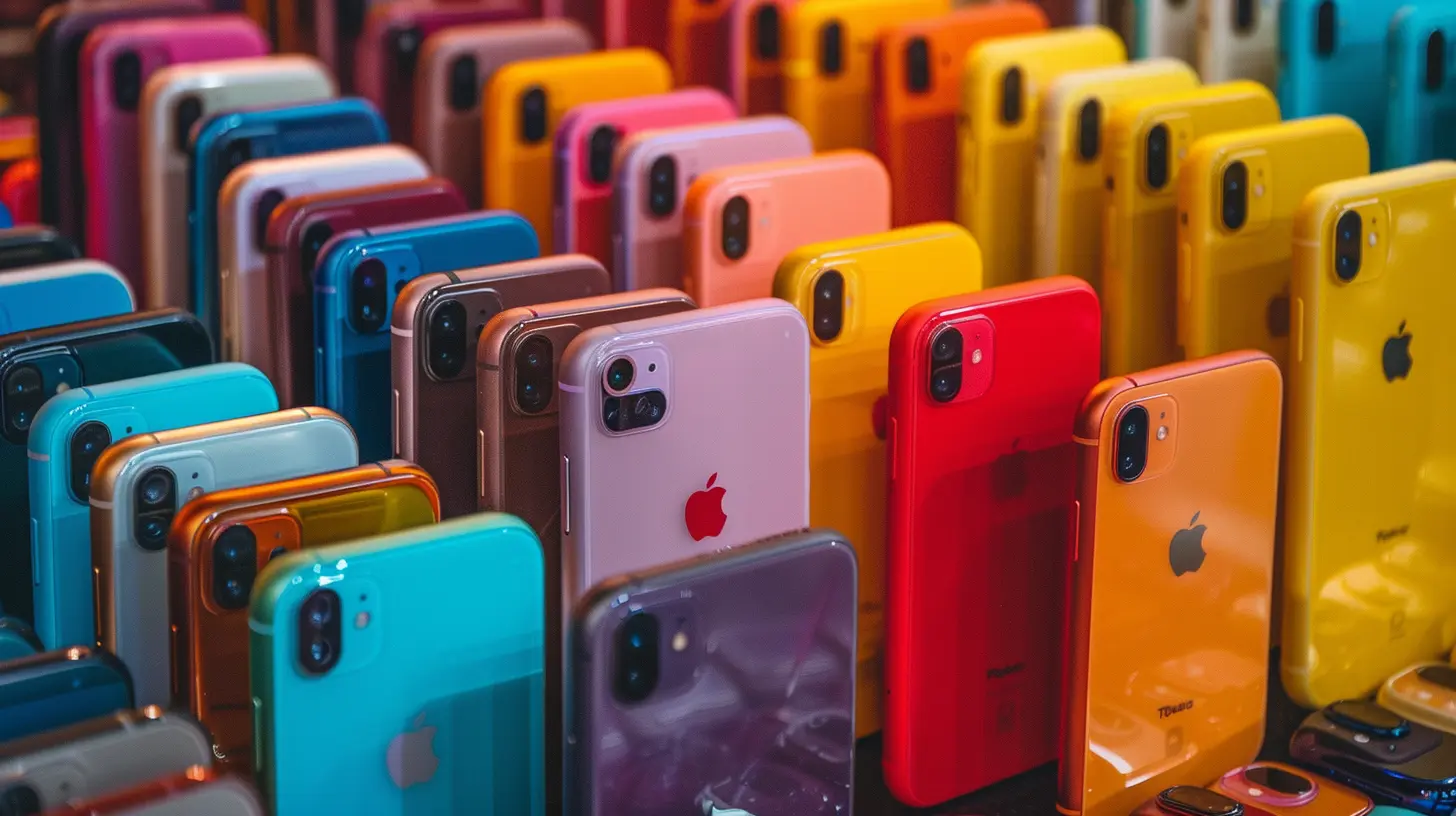
The Sneaky Storage Hogs
Even if you think you don’t save much on your phone, these storage-hogging culprits will prove you wrong:1. Photos & Videos
Your innocent little cat videos? Yeah, they’re secretly taking over your phone. A single minute of 4K video can eat up 500MB to 1GB of your storage. Multiply that by your entire camera roll, and suddenly, your phone's begging for mercy.2. Apps & Their Never-Ending Updates
Apps are like needy exes—they start off small and manageable, then suddenly triple in size without warning. Remember when Facebook was under 50MB? Well, today, it’s nearly 500MB (and that’s before we factor in its bloated data files).3. Offline Downloads
From Spotify playlists to Netflix episodes, downloaded content silently eats up your storage while you’re busy binge-watching. Before you know it, your phone has more downloaded content than your actual streaming subscriptions.4. Messages & Attachments
Think those thousands of unread messages aren’t taking up space? Think again. WhatsApp and iMessage store every image, GIF, and meme you’ve ever sent or received. And yes, that includes those blurry food pics from 2016.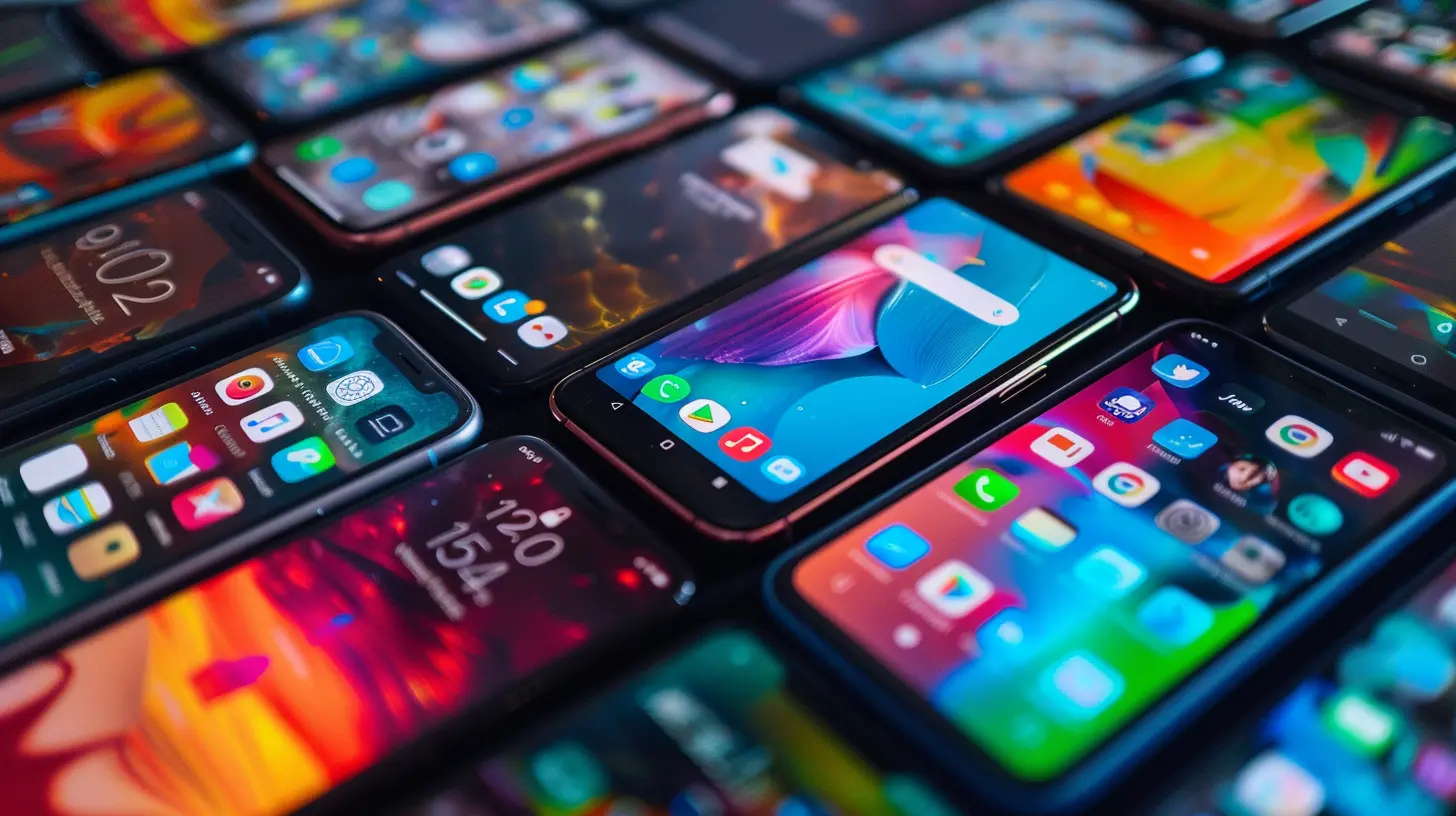
Cloud Storage: A Savior or a Scam?
Cloud storage sounds like a dream—unlimited space, no physical clutter, instant access from anywhere. But here’s the catch: you need a stable internet connection. Want to access your photos in a no-signal zone? Too bad. Want to keep everything backed up without paying a monthly fee? Good luck.While Google Photos, iCloud, and OneDrive offer convenient storage solutions, they come with limitations, like file compression, privacy concerns, and, of course, those oh-so-annoying monthly subscription fees.
If you’re okay constantly deleting things to make room for new content, cloud storage is great. But if you like hoarding your precious memories without worrying about a Wi-Fi connection, get a phone with higher local storage.
Tips to Manage Your Storage Like a Pro
You don’t need to suffer from “Storage Full” syndrome. Here’s how you can reclaim some of that precious space:1. Delete Apps You Don’t Use
If you haven’t opened an app in six months, chances are, you never will. Get rid of it.2. Use Google Photos or iCloud for Backups
Enable automatic backups and delete local copies. Your phone will thank you.3. Clear Cache & Junk Data
Apps like Instagram, Twitter, and Facebook store unnecessary cache files. Clear them out every once in a while.4. Offload Large Files
If you have old documents, PDFs, or large videos, move them to an external drive or cloud storage.5. Avoid offline downloads
Be honest: Do you really need 100GB of offline Spotify music when you’re always connected to Wi-Fi? Probably not.So, How Much Storage Do You Actually Need?
The answer? It depends on your usage.- 64GB: If you live life on the edge and enjoy constant storage warnings.
- 128GB: Ideal for casual users who rely on cloud storage.
- 256GB: The best balance for most people.
- 512GB: Perfect for mobile gamers, vloggers, and heavy users.
- 1TB: If your phone is your main video production tool (or you just refuse to delete anything ever).
If you’re constantly fighting for space, go for more storage. It’s better to have extra room than to deal with "storage anxiety" every time you try to install a new app.
Final Thoughts
Smartphone storage is a silent battle we all fight, but choosing the right capacity will save you from constant headaches. Get too little, and you’ll be forced into daily file purges. Get too much, and you’ll pay a premium for space you may never use.At the end of the day, storage peace of mind is worth the extra bucks—just don’t be that person buying a 1TB phone just to use it for WhatsApp and Candy Crush.
all images in this post were generated using AI tools
Category:
SmartphonesAuthor:

Reese McQuillan
Discussion
rate this article
1 comments
Cassandra Hall
When choosing smartphone storage, consider your usage habits and future needs. Balance between ample space for apps and media while avoiding overspending on unnecessary capacity. Smart planning today can save you frustration tomorrow.
September 25, 2025 at 2:54 AM

Reese McQuillan
Thank you for the insightful comment! Balancing current needs with future usage is key to making the right storage choice.

